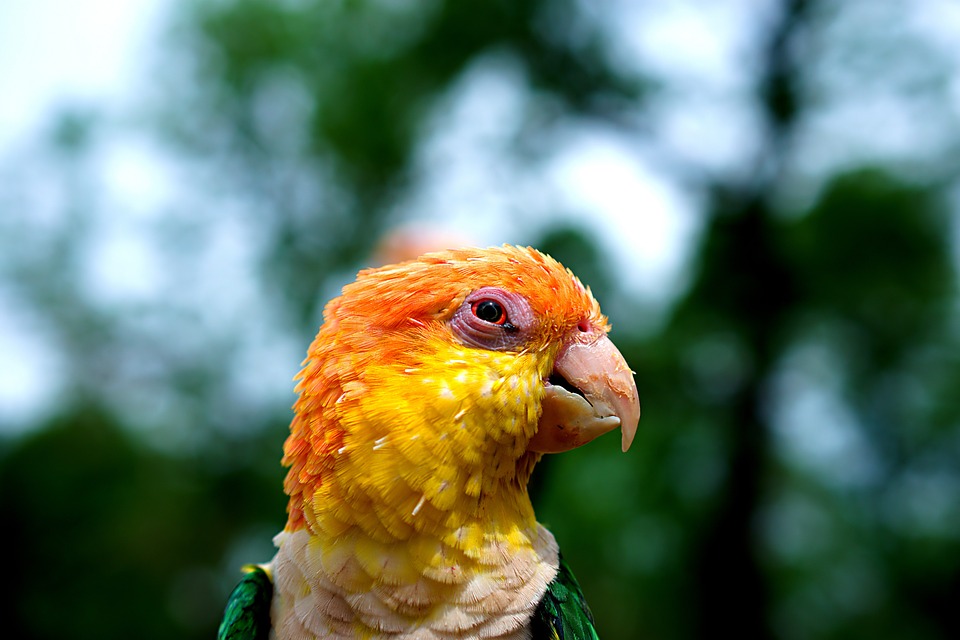Parrot training is an essential part of ensuring your feathered friend’s well-being and mental stimulation. Positive reinforcement is a highly effective technique that not only helps you bond with your parrot but also encourages them to learn new behaviors. In this article, we will explore how to utilize positive reinforcement to introduce new training challenges to your parrot.
Positive reinforcement involves rewarding desirable behaviors to encourage their repetition. It is a humane and effective training approach that focuses on rewarding your parrot’s efforts rather than punishing mistakes. By using positive reinforcement, you can create a positive learning environment for your parrot, strengthen your bond, and motivate them to tackle new challenges eagerly.
Before introducing new training challenges, ensure that your parrot has mastered basic commands and behaviors. This foundation will help them understand the concept of learning and prepare them for more complex tasks.
Break down the new challenge into smaller, manageable steps. This approach makes it easier for your parrot to understand and achieve success gradually. For instance, if you want to teach your parrot to step onto your hand, start by rewarding them for approaching your hand and gradually progress to rewarding them for placing a foot on your hand.
Identify high-value rewards that motivate your parrot. These rewards can include their favorite treats, verbal praise, head scratches, or playtime with their favorite toy. Using these rewards will make the training sessions more enjoyable and encourage your parrot to actively participate.
Set achievable goals for each training session. It is important not to overwhelm your parrot with complex challenges right from the beginning. Start with simple tasks and gradually increase the difficulty level as your parrot becomes more comfortable and confident.
Patience and consistency are key when introducing new training challenges. Remember that each parrot learns at its own pace, so allow them the time they need to grasp the new behavior. Consistency in your training sessions and reward system will help reinforce the desired behavior and make the learning process smoother.
Here are some commonly asked questions about positive reinforcement and parrot training:
Q: Can negative reinforcement or punishment be used in parrot training?
A: While negative reinforcement or punishment may have short-term effects, they can damage your parrot’s trust and overall well-being. Positive reinforcement is a safer, more effective, and humane approach to training your parrot.
Q: What if my parrot doesn’t respond to positive reinforcement?
A: If your parrot is not responding to positive reinforcement, it may be helpful to reassess your training techniques. Try using different rewards, breaking down the challenge into smaller steps, or seeking guidance from a professional avian behaviorist.
Q: How long does it take to train a parrot?
A: The training duration depends on various factors such as the parrot’s individual personality, past experiences, and the complexity of the behavior being taught. Some parrots may learn quickly, while others may require more time. Patience and consistency are key to successful training.
Q: Can I use positive reinforcement to correct unwanted behaviors?
A: Positive reinforcement can be used to redirect and replace unwanted behaviors with desirable ones. By rewarding your parrot for displaying an alternative behavior, you can gradually eliminate the undesired behavior.
Remember, training challenges are an opportunity for your parrot to learn, grow, and strengthen the bond you share. By utilizing positive reinforcement and following a step-by-step approach, you can introduce new training challenges successfully and create a happy and well-trained parrot.









